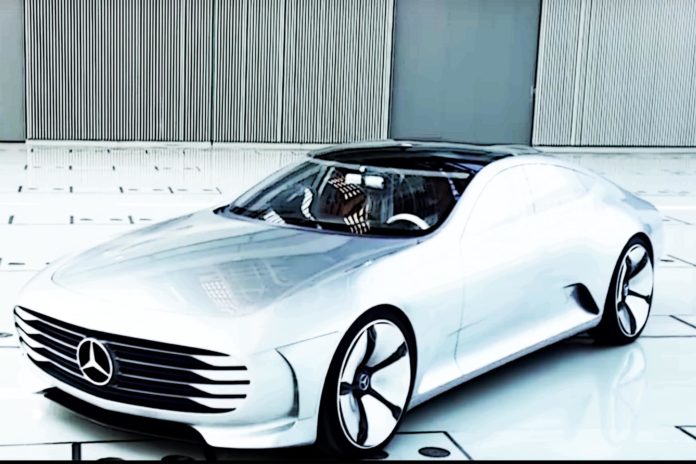
The prospect of autonomous driving continues to be one of the interesting topics of conversation in the general public for quite some time now. A normal busy day with our roads and cities full of self-driving cars/vehicles may still seem impossibly futuristic for many. But this scenario though appears to be an exclusive part of a science fiction film, is not that distant in the future if we go by the developments taking place in this field.
This topic, however, engenders some pertinent questions: are we ready to incorporate such a technology in our current scheme of things? How safe will our future be with self-driving cars? The precise answers to these questions are difficult to give at the moment, but we will try to look into a few important aspects of this concept.
How Did We Get Here?
By the way, the concept of self-driving cars is not a recent phenomenon. Today the corporate giants Google and Tesla are, without a single shred of doubt, taking the autonomous driving technology to the next level. But the concepts and prototypes of the self-driving car take us back to the 1920s when in 1925, a radio-controlled driverless car named “Librarian Wonder” was demonstrated.
Then it was the late 1930s when the idea of autonomous vehicle gained public attention at General Motor’s Futurama exhibit in 1939. By 1953, GM and RCA developed a model that allowed them to experiment with electronics. The 1960s and 1970s saw a lot of developments in this field wherein electronics, cruise control, and signaling devices were embedded in the then prototypes. In the meantime, the space technology also came into existence.
The 1980s was the time when German technology took the baton ahead and automobile companies like Mercedes-Benz successfully conducted autonomous technology in their vehicles. In the 1990s, due to the introduction of robotics and computing, the self-driving technology got a huge shot in the arm and since then we never looked back. Finally, post-2000, the pioneers actually started to envisage a future with driverless cars and the companies like GM, Ford, BMW, Toyota, Mercedes, Tesla, and Google started innovating further.
Current Technology and Safety Standards
From a technological viewpoint, the autonomous driving is fast entering into the future due to the competitive and collaborative efforts being put by the automobile industry. There are a number of smart features being added to the cars today that help you park, switch lanes, navigate using GPS, voice recognition, collision avoidance, and automatic braking to name a few.
The experts say that all these features suggest that it is a big shift in the industry and automobile, as well as technology companies, are collaborating like never before. So the clear surge in these smart technologies inducted into the present day vehicles gives us a promising picture. In various markets around the world, there is already a business of buying and selling of smart cars has started substantially.
However, there are equally telltale signs of concern as far as autonomous driving is concerned. The critics argue that presently we do not have enough data to show that driverless cars are absolutely safe. Currently, there is no way of measuring whether an autonomous vehicle is as safe as or safer than a human-driven car. People, therefore, are also concerned about riding in these autonomous vehicles.
Recently Tesla’s Autopilot car was under severe criticism when it met a fatal accident on a Florida highway. The makers then put a caveat by saying ‘any person sitting in the car needs to keep his/her hands on the steering wheel all the time’. Not long after this incident, Google’s autonomous car also met its first crash in California, which raised obvious eyebrows.
So one can argue if the autonomous driving technology is coming on our way, it is all the more important to put a proper structure in place for who exactly would be responsible if any such incident takes place.
The Road Ahead
From a safety point of view, the road doesn’t seem to be that smooth, but the silver lining is – the autonomous driving revolution is a process in continuity. The proponents of autonomous driving believe that the people who are going to design the future roads, cities, and vehicles have already in their minds about this future with safety.
The experts have all the reason to believe that autonomous cars are fully capable of making better use of computer guided systems, which will help them move much more efficiently through the cities and highways. They can be summoned anytime and shared easily, which means lower traffic on the street.
It is also being envisaged by the technology experts that the cities, which they are going to design for self-driving cars, will be safer. Although the autonomy requires a complete restructuring and reshaping of the physical landscape, but it will suffice to say that human errors, which account for the most number of accidents, will dramatically reduce.
In a recent positive development in this direction, there is an announcement to use equipment that will allow a vehicle to vehicle communication (V2V) to take place. It is electronic safety software with which cars will be able to talk to each other. This is being considered as an important step towards autonomy.
Advertisement
DifferentWho is your online source for a variety of content covering different communities. We show the power of people being unique. We feature only high-quality content in the form of news and stories that are crafted by our creative team.

















